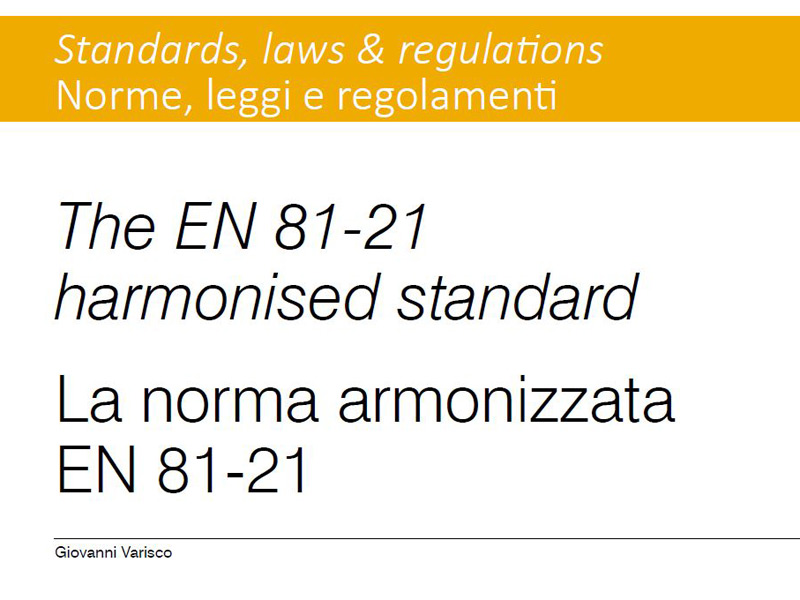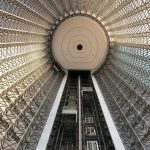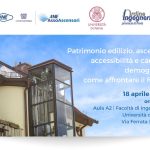The EN 81-21 harmonised standard

By Giovanni Varisco
(Article appeared for the first time on Elevatori magazine n. 1 2018)
The EN 81-21 harmonised standard was born over 20 years ago together with the drafting of the first EN 81-1 and EN 81-2 harmonised standards and as a consequence of the publication and enforcement of the 95/16 EC Lift Directive.
This standard was initially classified as EN 81-11 and later modified into EN 81-21
after the rearrangement of the numbering of all the standards of the EN 81 series
of which this article is the first f a series to be included in the Elevatori Magazine 2018 issues.
EN 81-21 has been prepared and finalised in its final draft over a period of several
years ending in 2009 with the publication at European level by CEN (European Committee for Standardisation) for its subsequent entry into the collection of national standards in the various Member States.
The standard has been prepared and harmonised at European level as a consequence of a mandate from the European Commission to CEN in order to establish rules allowing the installation of new lifts with operational safety while having to take into account geometric and structural limitations of existing buildings – even century-old buildings – and not modifiable to meet the requirements of general standards such as EN 81-1 and EN 81-2.
The clear purpose was to ensure accessibility to existing buildings, allowing any person – even with impaired mobility – to reach the upper floors without having to climb up stairs, thus maintaining the value of the apartments at higher elevations.
All this without compromising the safety requirements of users and professionals while keeping them unchanged and, if necessary, at an even higher level.
Enforce ment of EN 81-21
Facing the problem of the installation of a new lift in an existing building, the owner of the building and the installer of the system shall start a logical procedure considering whether a lift complying with EN 81-1 or EN 81-2 can be installed in the building (depending on whether they chose a traction or hydraulic lift).
If this is not precluded, the EN 81-21 standard shall not be applied, whereas it shall be applied in the opposite situation with the obligation to comply with EN 81-1 or EN 81-2 where this is possible, and by referring to EN 81-21 only when compliance with the general standards is not possible.
As of today, EN 81-21 keeps the version published in 2009, which is being modified to take into account the changes introduced by the EN 81-20:2014 and EN 81-50:2014 standards.
Technical contents
It is impossible for me to describe in detail the contents of the standard, since I have to comply with the magazine space limits.
I will just point out that the rule paid special attention to the problem of the dimensions of the free spaces available to the maintenance operator at both ends of the shaft (headroom for the upper part and pit for the shaft lower part).
If the dimensions of the shaft are not sufficient to provide for safety spaces described above, these spaces do not exist during the standard lift operation, which could stop a few centimetres away from the ceiling or the floor of shaft.
How was the problem of having safety spaces that do not actually exist in a constant or rather permanent way solved? The solution was conceptually simple but not so simple from a practical point of view.
The logic adopted was to ensure that, whenever a maintenance technician enters the shaft, the required safety spaces are automatically created by means of mechanical devices preventing the maintenance technician from climbing above the “dangerous level” when he/she is on the car roof.
Similarly, the same situation occurs in the lower part and the logic of safety implementation does not differ from the one used for the headroom.
I do not keep on talking about this and I point out that other existing restrictions in the building can be overcome by appropriate safety measures. I am referring to the heights of the machine room and landing doors which, if made with reduced height, shall offer soft coverings in order to reduce the damages for head impacts. These should be kept to a minimum by means of danger signs for users and lift operators.
Differences in Member States
The EN 81-21 standard cannot be applied in the same way in the various Member States of the European Union since the Lift Directive (clause 2.2 of Annex I) states that the construction of lifts with reduced headroom and in pit is subject to national requirements.
It should be remembered that in our country such installation is subject to the so-called “prior agreement”, which shall pass an inspection by a notified body in compliance with the Lift Directive.
Translated by Paola Grassi








